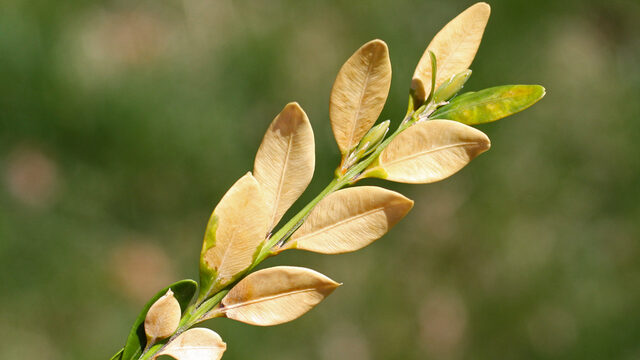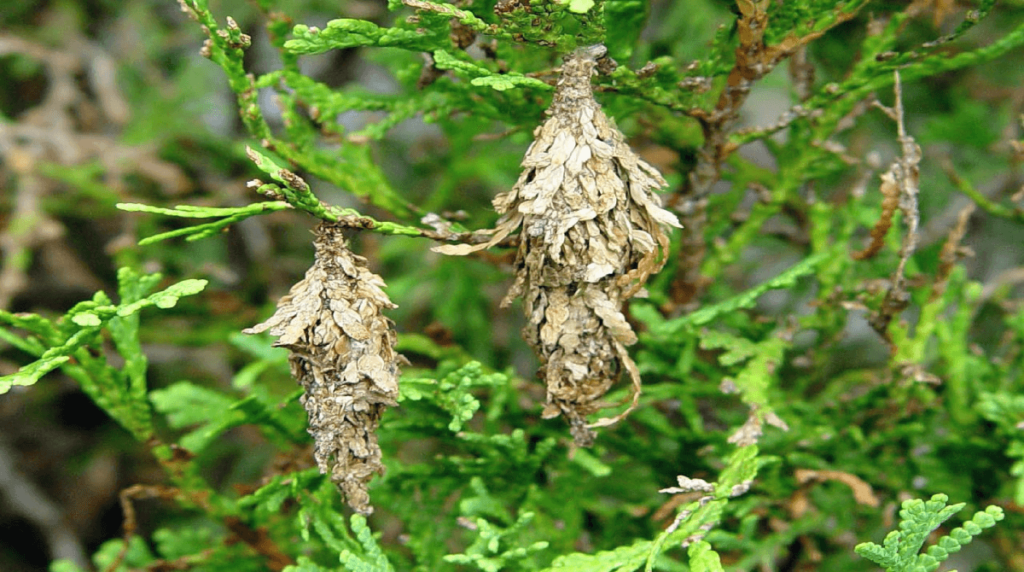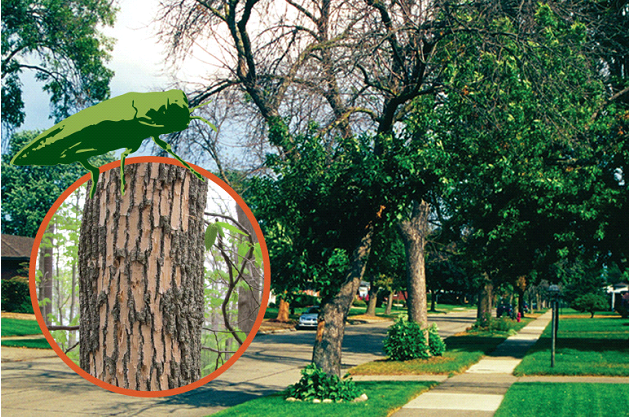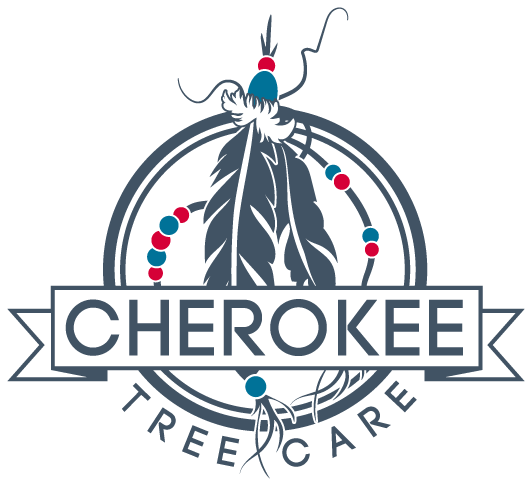Our Plant Health Care department is an integral part of our company that is responsible for checking on the health of our customers’ trees and shrubs, insect and disease prevention, and timely inspections. A critical part of Plant Health Care is knowledge of plant identification and knowing which pests your plants are susceptible to. Most pests are species-specific, meaning the insect attacking one of your trees won’t necessarily be interested in all of them. When you receive a Plant Health Care plan from us, it is specifically tailored to your property as we don’t approach pest control with a “one-size-fits-all” method. In addition to pest problems on your property, your Plant Health Care technician can also inform you of environmental issues your plants may be facing, such as watering issues, weather problems, and more.
Read ahead to discover some of the common issues our Plant Health Care department is encountering so you can be aware of things to look for on your property.
Winter Damage

During the winter, we were confronted with severe frosts that wreaked havoc on numerous evergreen species. Hollies, Arborvitaes, Leyland Cypress, and Boxwoods were among the hardest-hit for many of our customers. The extent of the damage and decline caused by the drastic temperature drops was remarkable. Although we have limitations when it comes to shielding trees and shrubs from unforeseen weather, one preventive measure stands out – ensuring they remain adequately hydrated, even during the winter months whenever feasible. By keeping them well-watered, we can help stave off potential damage.
Bagworms

One of our greatest nemeses, the Bagworm, is currently on the rise this time of the year. During the early stages of their season, these cunning creatures are incredibly elusive, and are usually no larger than a single pencil point. However, as the season progresses, both the worms and their encasing bags grow in size. Thus, the optimal course of action lies in tackling them while they are still small and manageable. This is precisely why timely inspections conducted by our esteemed Plant Health Care department assume a vital role in safeguarding your property. Stay one step ahead of these crafty invaders!
Emerald Ash Borer

For several years, the notorious Emerald Ash Borer has made its presence known in our area. However, the true magnitude of the damage inflicted by these insidious insects is now reaching its peak. These beetles specifically target Ash trees, with their ravenous larvae feasting upon the tree’s essential vascular tissues. Without intervention, these pests have the potential to render Ash trees completely defenseless, subjecting them to imminent destruction. Keep an eye out for telltale signs that your Ash tree may be harboring the EAB menace, such as limbs withering away, excessive growth of suckers, bark that peels or cracks, and distinct D-shaped exit holes dotting the trunk. Should you wish to rescue your Ash tree from these pests, do not hesitate to reach out to us. Our preventative and protective injections offer a robust shield lasting for an impressive two years. Act soon and secure the future of your Ash tree today! Check our previous blog on how to ID Ash trees.
If you are interested in more information about how our Plant Health Care services can benefit your trees and property, give us a call today and we will write up a plan specific to the needs of your trees and shrubs.

